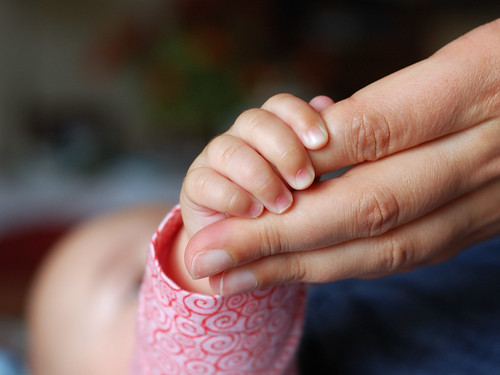Researchers from the Rand Corporation analyzed data from the U.S. Panel Study of Income Dynamics which has followed 5000 families, and 35,000 individuals within those families, for over 40 years. It is considered the premier panel survey measuring key dimensions of adult socioeconomic status outcomes. The authors used various criteria to select 2,457 individuals between the ages of 25 and 53 to include in their study (see the original article for details). Participants were asked whether they experienced depression, substance or alcohol abuse, or other psychological conditions before age 17. Overall, 6% reported having one or more psychological problems as children: depression (4%), substance or alcohol abuse (2%), or other psychological conditions (2%). The prevalences found for these conditions are similar to those found in other retrospective studies.
Key Findings
Compared to their siblings, adults with childhood psychological problems on average:
- Had a 20% lower family income equaling $10,400 per year and $300,000 projected over their lifetimes.
- Worked seven weeks less per year. Most of the difference was due to a greater number not working at all. When comparing only siblings who worked one or more weeks, the difference was reduced to two weeks per year.
- Achieved six months less education (most common for those with substance or alcohol abuse).
- Were less likely to be married (by 11%). Of those that were, their spouses tended to have lower incomes.
- Were seven times more likely to have an adult psychological condition (35.8% vs. 5.4%). Those that reported childhood depression were the ones most likely to report psychological problems as adults.
- The determination of childhood psychological conditions was based on retrospective reports by adults. This method is considered to be fairly reliable, but does not meet the same level of certainty as diagnostic interviews with children.
- The authors weren't able to test the effects of gender. Although there appeared to a trend for a greater impact on men's income, dividing the sample into half did not leave enough people in each group to determine statistical significance.
- They also couldn't test the effects of specific psychological disorders that were grouped together in the category of "Other Psychological Conditions" for the same reason.
- The participants weren't asked about receiving childhood treatment. Nonetheless, given the low rates of treatment for childhood mental illness, it is safe to assume that most of the participants did not receive help as children.
The lead author, economist James P. Smith, emphasizes the cost-effectiveness of early treatment. In an interview, he stated:
This study shows childhood psychological disorders can cause significant long-lasting harm and can have far-reaching impact on individuals over their lifetimes. Our findings illustrate what the enormous potential might be of identifying and treating these problems early in life.
Not all of the people who have psychological problems during childhood will carry these problems into adulthood. But they are 10 to 20 times more likely than others to have these shortfalls during adulthood. There clearly are large economic costs during adulthood caused by childhood psychological conditions.I believe this study provides yet another reason to increase access to mental health services for children. We can now add lower income to the problems experienced by those struggling with mental illness. Not only does less income affect living circumstances, it also affects adults' ability to afford treatment for mental illness. It is much more effective and humane to treat mental illness early to prevent negative lifelong consequences.
Smith, J., & Smith, G. (2010). Long-term economic costs of psychological problems during childhood Social Science & Medicine, 71 (1), 110-115 DOI: 10.1016/j.socscimed.2010.02.046






